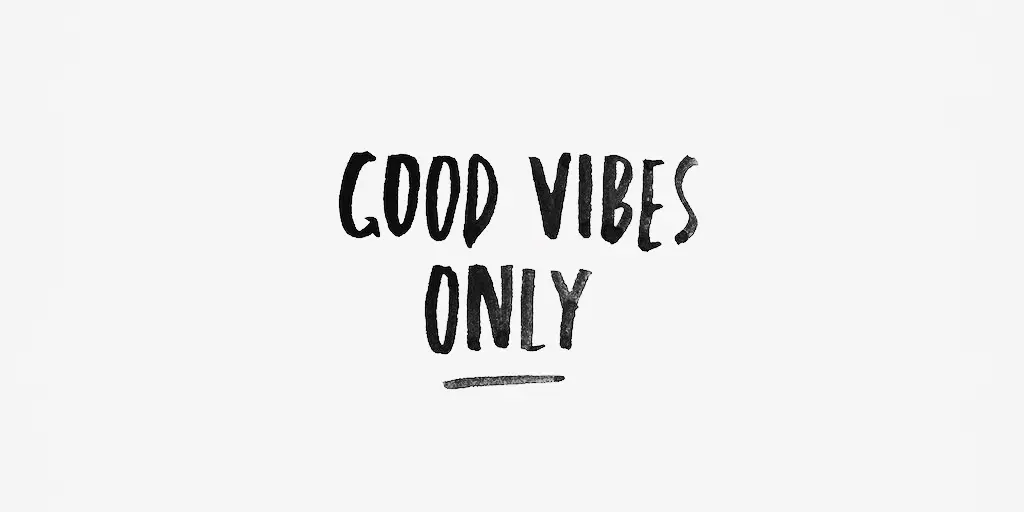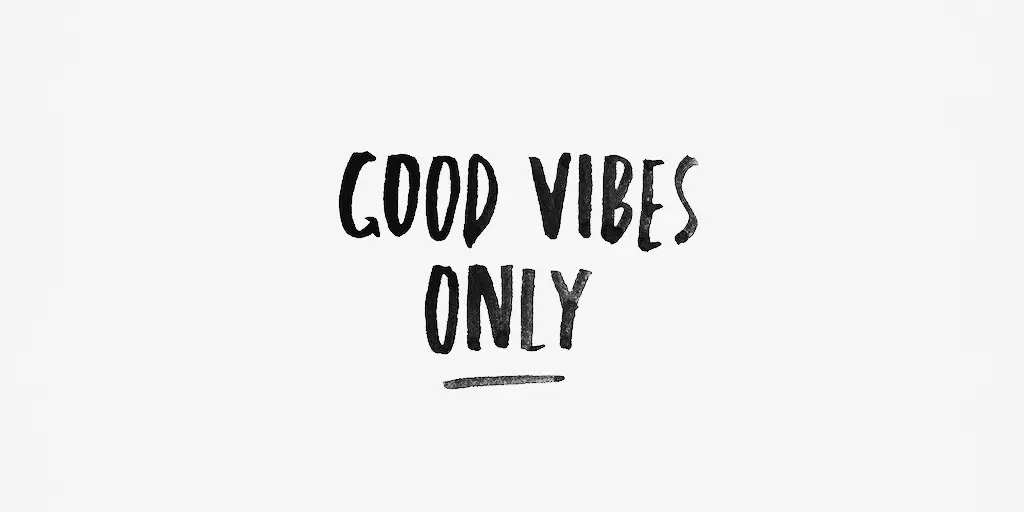Visual memory test

Visual memory plays a vital role in the life of every person. Recognizing the face of a familiar person in a crowd, getting to the desired address without checking a map, or instantly determining the desired color/pattern - all this can be done by visual images imprinted in memory.
They can be compared to photographs, which are always stored in the head and help us navigate the surrounding space by comparison. Visual memory is not called “photographic” for nothing.
Visual memory
Scientific definition
According to the official definition, visual memory is the memorization of information perceived by the organs of vision. Alternative names for this phenomenon are visual and photographic memory.
80% of people are visual learners - they remember visual information best, rather than auditory, tactile, olfactory and gustatory information. In this, man is fundamentally different from most animals, for whom the olfactory organs come first. For example, cats and dogs navigate primarily by smell - they remember smells and their combinations just as well as we remember visual images.
The occipital lobe of the brain is responsible for visual memory. When it is injured, a person may lose the ability to recognize others, which in psychology is called mental blindness.
During normal functioning of the brain, most visual images are automatically assigned unique names. For example, when we see the face of a familiar actor, we remember his name, moments from the films in which he starred, and other related information. If the connection between verbal and visual images is broken, we cannot remember the names of people and places where we met them, although we know for sure that they are familiar to us.
A typical example of how visual memory works can be described in several points:
- We see a person’s face and subconsciously compare it with all the variety of visual images in long-term memory.
- If a match is found, we recognize the person and remember the information associated with him.
- If there are no matches, the person is characterized as a stranger.
This whole process can take a split second: if a familiar person has not changed since the last meeting, recognition occurs almost instantly. As we age and our central nervous system deteriorates, it becomes increasingly difficult for us to recognize and compare familiar faces and objects. Reasons for deterioration of visual memory can also be head injuries, severe stress and the use of various psychostimulants.
History of the study
In different historical eras, visual memory was described as a mental process, as a function of the psyche, and as a system of associations. The first scientific works on this topic date back to the 17th century, but were of a rather chaotic nature.
Only in the 19th century, Wolfgang Köhler and Kurt Gottschaldt developed a clear Gestalt theory that describes visual memory as an integral system that includes memorization, storage and reproduction of received visual data.
Gestalt theory was replaced at the beginning of the 20th century by the semantic theory of Karl Bühler and Alfred Binet. She prioritized the meanings embedded in certain visual images, which, depending on the semantic load, are remembered better or worse in human memory.
Finally, in the second half of the 20th century, a new point of view was proposed - information-cybernetic. It made it possible to evaluate the process of memorizing and reproducing images in the form of algorithms similar to those used in computer technology.
Interesting facts
- The richer the imagination, the better the visual memory. A person remembers more easily and mentally reproduces what he can imagine.
- Human memory is formed throughout life, but active development continues until the age of 25. The first signs of memory loss in most cases appear after 50 years.
- The potential memory capacity, according to American scientists, is approaching a petabyte - a thousand terabytes of data (approximately 217,872 DVDs). At the same time, bad memories are repressed first, and pleasant impressions remain for a long time - this is how the psyche is protected from overstrain.
- With the help of constant training, two-time Guinness Book of Records holder Samvel Gharibyan learned to memorize printed texts. In 1990, his excellent visual memory allowed him to repeat 1000 random words from foreign languages without errors. In 2000, this extraordinary man memorized 2,000 Russian words that were not related in meaning.
- Over time, memories can become distorted, faded, and overgrown with false details. In addition, a person can be implanted with fictitious details and memories of fictitious events.
Any exercise that develops attention will be useful in developing visual memory. The test is one of these simulators with proven effectiveness.
